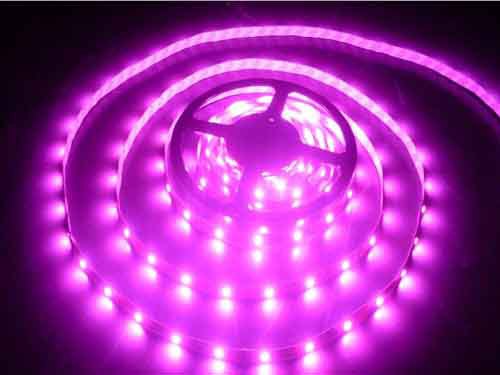
Signal
Response time refers to the response speed of the Liquid Crystal Display to the input signal, that is, the response time of the liquid crystal from dark to bright or from bright to dark (the time for the brightness from 10%-->90% or 90%-->10%) , Usually in milliseconds (ms). To make this clear, we have to start with the human eye's perception of dynamic images. There is a phenomenon of "visual residue" in the human eye, and the high-speed motion picture will form a short-term impression in the human brain. Animations, movies, etc. to the latest games have applied the principle of visual residue, allowing a series of gradual images to be displayed in rapid succession in front of people's eyes to form dynamic images. The acceptable display speed of the picture is generally 24 frames per second, which is the origin of the movie playback speed of 24 frames per second. If the display speed is lower than this standard, people will obviously feel the picture pause and discomfort. Calculated according to this index, the display time of each picture needs to be less than 40ms. In this way, for the liquid crystal display, the response time of 40ms becomes a hurdle, and the display above 40ms will have obvious picture flicker, which makes people feel dizzy. If you want the image screen to reach the level of non-flicker, it is best to achieve a speed of 60 frames per second.
I used a very simple formula to calculate the number of frames per second under the corresponding response time as follows:
Response time 30ms=1/0.030=approximately 33 frames per second
Response time 25ms=1/0.025=approximately 40 frames per second
Response time 16ms=1/0.016=approximately 63 frames per second
Response time 12ms=1/0.012=approximately 83 frames of pictures displayed per second
Response time 8ms=1/0.008=approximately 125 frames per second
Response time 4ms=1/0.004=approximately 250 frames per second
Response time 3ms=1/0.003=approximately display 333 frames per second
Response time 2ms=1/0.002=approximately 500 frames per second
Response time 1ms=1/0.001=approximately 1000 frames per second
Tip: Through the above content, we understand the relationship between response time and the number of frames. From this, the response time is as short as possible. At that time, when the LCD market first started, the lowest acceptable range of response time was 35ms, mainly products represented by EIZO. Later, BenQ's FP series came out to 25ms. From 33 to 40 frames, it was basically undetectable, and it was really quality. The change is 16ms, displaying 63 frames per second to meet the requirements of movies and general games, so 16ms is not obsolete. With the improvement of panel technology, BenQ and ViewSonic started a speed battle. ViewSonic started from 8ms to 4ms. Released to 1ms, it can be said that 1ms is the final controversy of LCD speed. For game enthusiasts, 1ms faster means that CS's marksmanship will be more accurate, at least psychologically, such customers should recommend the VX series of monitors. But everyone should pay attention to the grayscale response when selling. The text difference in full-color response may sometimes mean the same thing as gray-scale 8ms and full-color 5ms. It is the same as when we sold CRTs before, we said that the dot pitch is .28, LG just I have to say that he is .21, but the horizontal dot pitch is ignored. In fact, the two are talking about the same thing. LG has come up with a sharpness of 1600:1. This is also a conceptual hype. Everyone uses the basic screen. There are only a few companies on the list, and how can only the LG family achieve 1600:1, and everyone stays at the level of 450:1? When it comes to consumers, the meaning of sharpness and contrast is obvious, just like AMD's PR value, which has no real meaning.
Active Matrix Lcd,Active Matrix Tft Color Lcd,Tft Lcd Color Monitor,Tft Lcd Monitor
ESEN Optoelectronics Technology Co., Ltd, , https://www.esenoptoelectronics.com
